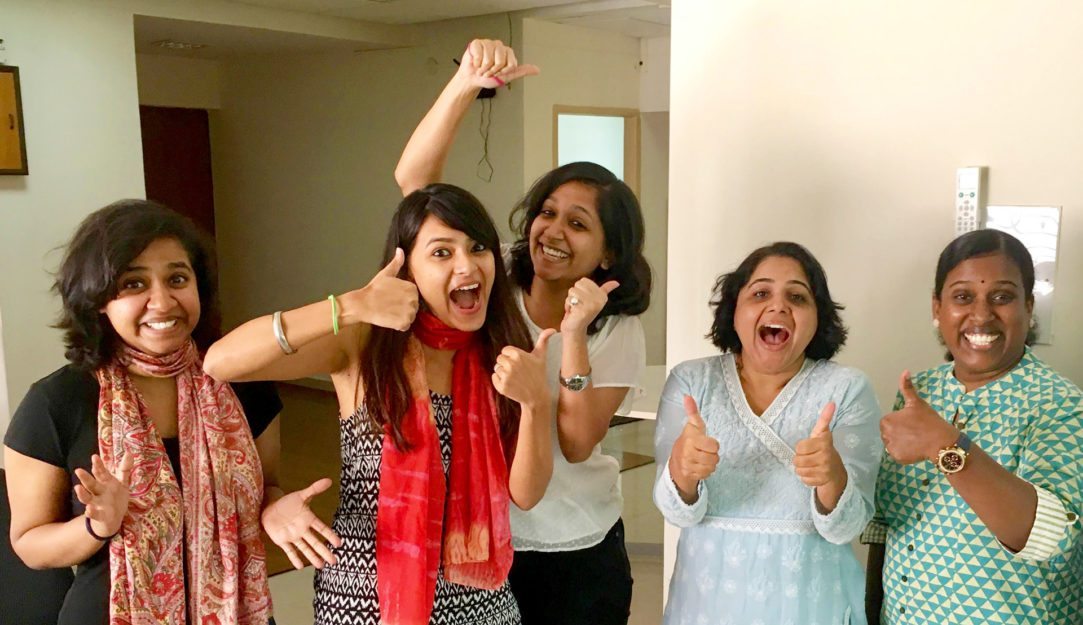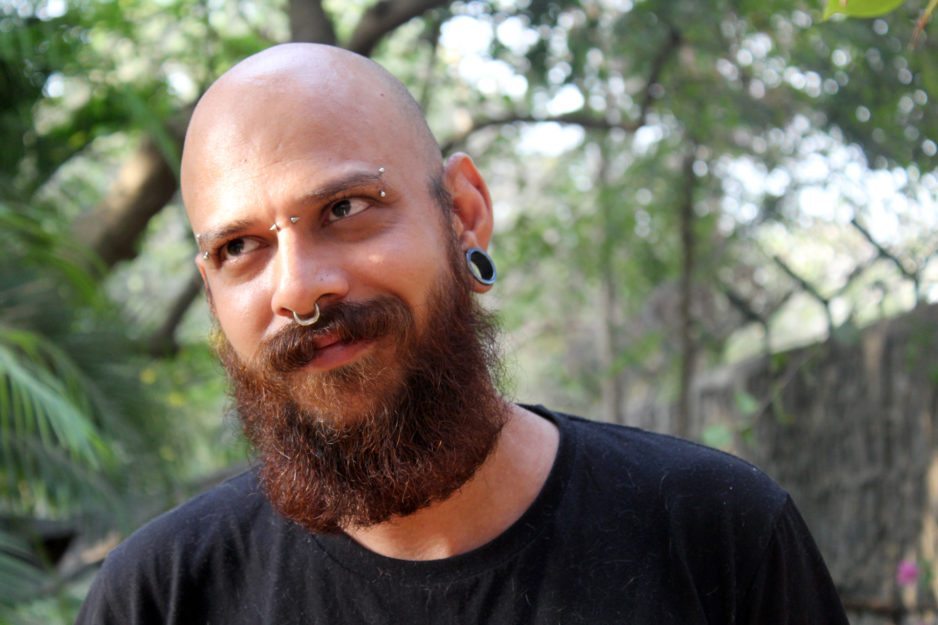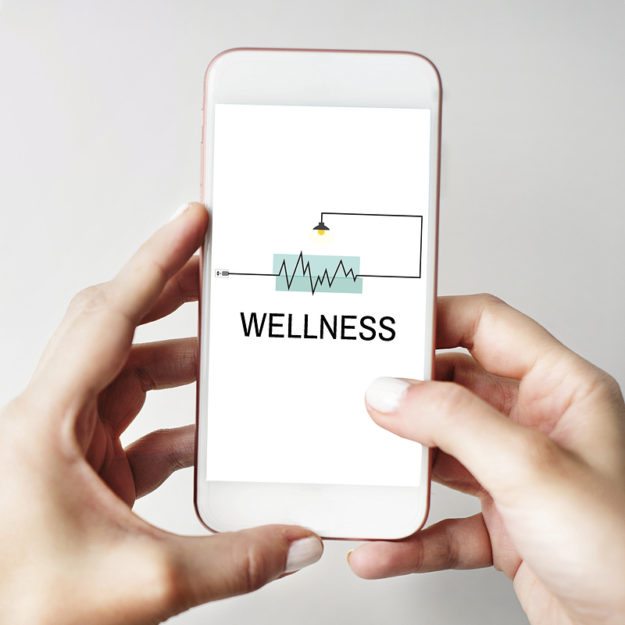Story Highlights
- Online startups that offer round-the-clock counselling and patient confidentiality are enabling a larger number of people to seek help
- Mental health apps are increasingly being used by Indians who don’t have access to or don’t want to consult a mental health professional
- VR has the potential to transform treatment in psychotherapy by recreating past events to understand the unconscious parts of the mind
When 32-year-old Suraj Burxani’s wife told him that their five-year marriage was over, he was stunned. Between February and June 2016, he suffered from mood swings, depression and anxiety. He didn’t feel like getting out of bed. He skipped meals or ate junk food. When he started feeling suicidal, his parents decided it was time for him to seek professional help. The psychiatrist he met prescribed medication for four months, which quelled his suicidal tendencies. But he was still depressed and anxious.
Finally, he learnt about YourDOST, an online counselling platform, from a magazine, and began talking with their counsellors. Through a series of 30 chat sessions, he began to feel better and started recovering from his funk. “If I’d had access to YourDOST earlier, maybe I could’ve saved my marriage,” says Burxani. Today, he is preparing for GMAT so that he can pursue an MBA.
Online platforms like YourDOST, Healtheminds, ePsyclinic, Seraniti and Lovedoctor are helping obliterate distance and facilitating therapist discovery, increasing the number of people seeking help by reducing entry barriers
For 35-year-old Aparna Goel, her mental health issues started with a broken heart. Her dream of getting married, setting up home and having children with the man she loved was crushed after he called off their relationship abruptly. She hit rock-bottom, was unable to summon the will to eat, and was temporarily put on intravenous drips. Goel had a therapist in Delhi, but she was working in Bangalore. They started doing Skype sessions lasting between a few minutes and five hours. For Goel, it was almost as good as meeting her therapist in person, and it worked. She bounced back from the break-up, interviewed for a job in London, cracked it, took up the assignment, and moved on in life.
Thanks to the use of technology, people like Burxani and Goel have been able to find ways to manage their mental health better, avoid emotional breakdowns and substance abuse, eliminate the possibility of losing a job or even the possibility of attempting to take their own life.
India has 150 million people with mental illness, and fewer than 4,000 psychiatrists
Mental illness is more common than we know, or acknowledge it to be.
Estimates suggest that about 29% of the population will experience a mental disorder in their lifetime for which they will require professional treatment (this can be triggered by life-changing episodes like death, divorce, relationship troubles and financial difficulty). The majority of these people, around 75%, will not receive any care.
According to the latest report on state of mental health in India conducted by NIMHANS, the country has 150 million individuals suffering from mental illnesses, including depression, anxiety, personality disorders, schizophrenia, and learning disabilities. The newly introduced National Mental Health Policy bill in the Rajya Sabha promises access to mental healthcare to all by 2020. But, with only 3,800 psychiatrists, 898 clinical psychologists, and 1,500 psychiatric nurses, India is fighting a losing battle.
“The big story is that we are never going to have enough psychiatrists and psychologists,” says Dr Shyam Bhat, one of India’s top mental health professionals. The inability to provide assistance to those in need has left a big “treatment gap”, says Dr Bhat.

The impact? India lost 31 million healthy years (disability-adjusted life years) in 2013 alone to debilitating mental illness, and according to a report published by the World Economic Forum and Harvard School of Public Health, the economic impact of mental health will cost the country $1.03 trillion between 2012 and 2030.
The good news is that technology is emerging as a disrupter in addressing this “treatment gap”. “Technology is a huge game-changer in mental health,” says Dr Vikram Patel, professor at the Centre for Global Mental Health, London School of Hygiene and Tropical Medicine, and one of TIME magazine’s top 100 most influential people globally in 2015.
There are three main areas where this is happening:
Online platforms like YourDOST, Healtheminds, ePsyclinic, Seraniti and Lovedoctor are helping obliterate distance and facilitating therapist discovery, thereby increasing the number of people seeking help by reducing entry barriers. They are also increasing time availability of psychologists and psychiatrists, bringing costs down and making time redundant by being available 24/7. Also, through the promise of anonymity, they allow segments of the population that traditionally don’t speak up, such as teens and males, seek therapy. (Read our story on mental health startups in India here.)
Secondly, technology is facilitating the concept of self-care, helping users upend the unequal power hierarchy between therapist and client by putting the onus of care in their own hands. This is being done through information repositories, online forums and mental health apps (MHapps) leading to improved outcomes.
Finally, rural areas that have almost zero mental health care, are being served by leveraging a non-specialist volunteer workforce and semi-literate women community health workers, using handheld devices, low-cost mobile phones and video technology.
Mental health apps allow users to take charge of their situation
Rohan Sabharwal, a 37-year-old filmmaker and graphic designer, has been battling bipolar and borderline personality disorder for over two decades now, making him suffer from severe depression, mania, paranoia and anxiety. “I cannot sleep and I cannot eat for days on end. I sometimes have trouble even making a cup of tea; when the depression wears off, I can sleep for an entire day. I lose interest in talking to anybody and can be at home in front of my computer for weeks,” says Rohan.
He has made several suicide attempts in the past, and was hospitalised for two months when he had a mental breakdown in September, 2014, and received treatments like ECT (electroconvulsive therapy). Since then he has been slowly recovering, but still suffers from depressive episodes.
Sabharwal feels that friends, family, doctors and therapists have ended up making his situation worse. He believes the internet with its anonymity and candid sharing is the only forum where real conversations around mental health are happening. “I’ve researched all sorts of mental illnesses and disorders, starting with my own, and read stories and blogs extensively. On Youtube I look for vlogs and feel better knowing that I’m not the only person struggling with mental illness and instability,” says Sabharwal.
Other than online forums, mental health apps are increasingly being used by Indians who either don’t have access to or don’t want to consult a mental health professional.

Globally, 500 million individuals use mental health apps. This number is expected to reach 1.7 billion by 2018. MHapps can be used from everything to self-diagnosis (depressioncheck), to treatment of depression and anxiety (Beating the Blues), anonymously talk to others with the same issues (Big White Wall), stress management (Breathe2Relax), reducing or quitting drinking (Say When), dealing with PTSD (PTSD Coach), suicide prevention (Stay Alive), improve mood (MoodKit) and sleep management (Sleep Cycle alarm clock).
Bangalore-based Manisha Shastri is a 25-year-old trained social worker who works as an assistant editor at online magazine The Citizen. When her best friend passed away in 2009, she slipped into depression and anxiety, which was compounded by a deep existential crisis. Unable to cope, she attempted suicide.
Someone from her Buddhist chanting group suggested she meet with a psychiatrist, who prescribed medication. She also met with a counsellor for talk therapy. By 2012, she was slowly recovering, when she had a breakdown in 2015. She had gone for fellowship in Uttarakhand when she suffered from anxiety and panic attacks. “I had gone for field work, it was a new state, it was intimidating as I knew nobody and I felt all alone. I woke up one morning and cried that I want to go back home,” adds Shastri.
While scouring the internet, Shastri serendipitously discovered What’s up, a mental health app with a 4.5 rating on the Android Play Store that uses a technique called cognitive behaviour therapy, an area that Shastri was familiar with. “I used it and it works brilliantly. I do my own journal entry and find it therapeutic to write down my thoughts, which helps slow down my thoughts, and they are verbalised more clearly in writing,” says Shastri.
Other than journalling, the app suggests other exercises like focusing on breathing and becoming mindful by looking for five things in the immediate environment that you can see or smell. After using it for four months, she found ways of coping with her anxiety, and stopped using it. Manisha also recommends it to the college children for whom she does peer support because she feels it works and achieved its purpose with her.

The huge potential of MHapps in terms of a market opportunity and helping deal with mental health illnesses has not been lost on hospital chains like Fortis Healthcare and startups like MediGuru and Mentagram. In August, Fortis tied up with US-based emotional wellness startup wayForward to launched an app to boost mental wellness programmes for managing stress and related ailments. “The app helps users interact with coaches who help build basic skills to deal with life episodes, such as adjustment to a new job, relationship issues, anxiety about making presentations, and other personal and professional stresses. If these are not dealt with in time, they can lead to secondary problems like depression and anxiety,” says Samir Parikh, director (mental health and behavioural science) at Fortis Healthcare.
MHapps can be used from everything to self-diagnosis, to treatment of depression and anxiety, anonymously talk to others with the same issues, stress management, reducing or quitting drinking, suicide prevention and sleep management
MediGuru is a mobile app and web platform that promises a complete telepsychiatry solution by connecting doctors and patients. Users can use the app to explain their problems using text, pictures or even videos, and post it to multiple professionals. Based on the responses, they can choose the therapist and type of session (telephone or Skype) that they want.
Mentagram solves the problem of discoverability by helping people connect with counsellors, psychologists and psychiatrists with high ratings. Like Uber’s rating system, Mentagram’s users can rate their session experience, helping clients make better choices.
How VR can be used to treat psychological disorders
Tech has the potential to do more, not just through self-diagnosis and mood-tracking apps, but also through the use of wearables to monitor mood, sleep and other activities. Interestingly, even virtual reality (VR) can help patients. “VR has the potential to profoundly transform treatment in psychotherapy by recreating individual childhood experiences or any other past event in VR to understand the unconscious parts of the mind and establish a mind-body connection,” says Dr Bhat. Self-help tools like recently introduced suicide prevention tool by The Live Love Laugh Foundation in collaboration with Facebook will become more ubiquitous.
The government’s role will be to create a regulatory framework; draft a code of ethics, create a guidebook for best practices, standards and protocols, approve MHapps, approve grants, promote awareness and partner with similar organisations globally.
ALSO READ: Mental health startups offering therapy online are also attracting the attention of VCs
Watch out for Part 2 of this series on how technology can help solve India’s mental health crisis, on the impact of online counselling in rural areas.
Subscribe to FactorDaily
Our daily brief keeps thousands of readers ahead of the curve. More signals, less noise.
To get more stories like this on email, click here and subscribe to our daily brief.
Updates on Nov 23, 2016, at 1 pm: A link to the story 'Rise of mental health startups in India' was fixed. In an earlier version of the story, Rohan Sabharwal's age was erroneously mentioned as '30' instead of '37'. The error is regretted. Disclosure: FactorDaily is owned by SourceCode Media, which counts Accel Partners, Blume Ventures and Vijay Shekhar Sharma among its investors. Accel Partners is an early investor in Flipkart. Vijay Shekhar Sharma is the founder of Paytm. None of FactorDaily’s investors have any influence on its reporting about India’s technology and startup ecosystem.








